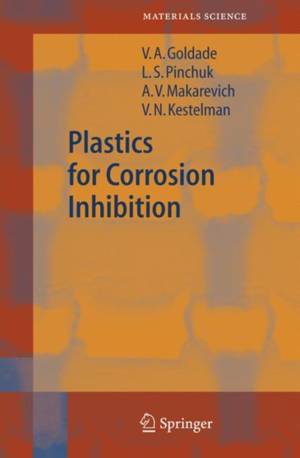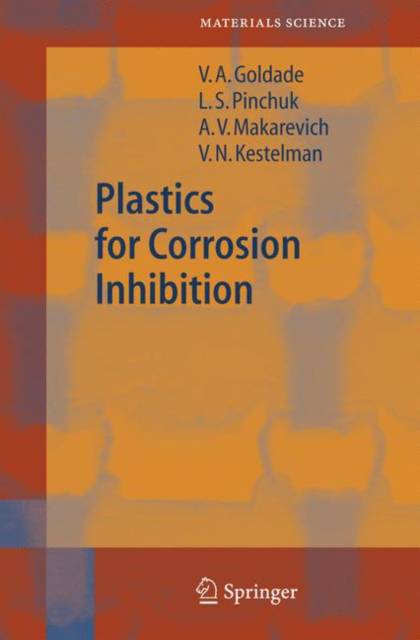
- Afhalen na 1 uur in een winkel met voorraad
- Gratis thuislevering in België vanaf € 30
- Ruim aanbod met 7 miljoen producten
- Afhalen na 1 uur in een winkel met voorraad
- Gratis thuislevering in België vanaf € 30
- Ruim aanbod met 7 miljoen producten
Zoeken
€ 210,95
+ 421 punten
Uitvoering
Omschrijving
One of the key problems of failure-free operation of machinery is prevention of corrosion. The global scale of modern production makes this problem even more critical. At the beginning of the 21st century industrial contami- tion and the corrosion-active nature of the environment reached a level such that corrosive damage of materials became commensurate with their prod- tion volume and expenditure on anticorrosion protection of machines became comparable with investments in basic production. Anticorrosion techniques changed from being an auxiliary service to industrial enterprises into a dev- oping, scienti?cally intensive and generously ?nanced branch of production. Polymers occupy a very speci?c place amongst anticorrosion techniques. Polymers combine good chemical resistance with impermeability to di?- ent media and unusual deformation characteristics. The main principle of their application as anticorrosion means is the creation of a tight barrier that insulates metal machine parts or constructions from corrosion agents. The advantages of polymers allow the creation of such a barrier at minimal cost, providingprotectionoftheworkingmachinesfromcorrosion, combining their manufacture with preservation and decreasing the cost of anticorrosion. This is one of the main reasons why world production of polymer materials increased by almost 50% in the past decade.
Specificaties
Betrokkenen
- Auteur(s):
- Uitgeverij:
Inhoud
- Aantal bladzijden:
- 384
- Taal:
- Engels
- Reeks:
- Reeksnummer:
- nr. 82
Eigenschappen
- Productcode (EAN):
- 9783642062780
- Verschijningsdatum:
- 19/10/2010
- Uitvoering:
- Paperback
- Formaat:
- Trade paperback (VS)
- Afmetingen:
- 156 mm x 234 mm
- Gewicht:
- 557 g

Alleen bij Standaard Boekhandel
+ 421 punten op je klantenkaart van Standaard Boekhandel
Beoordelingen
We publiceren alleen reviews die voldoen aan de voorwaarden voor reviews. Bekijk onze voorwaarden voor reviews.











